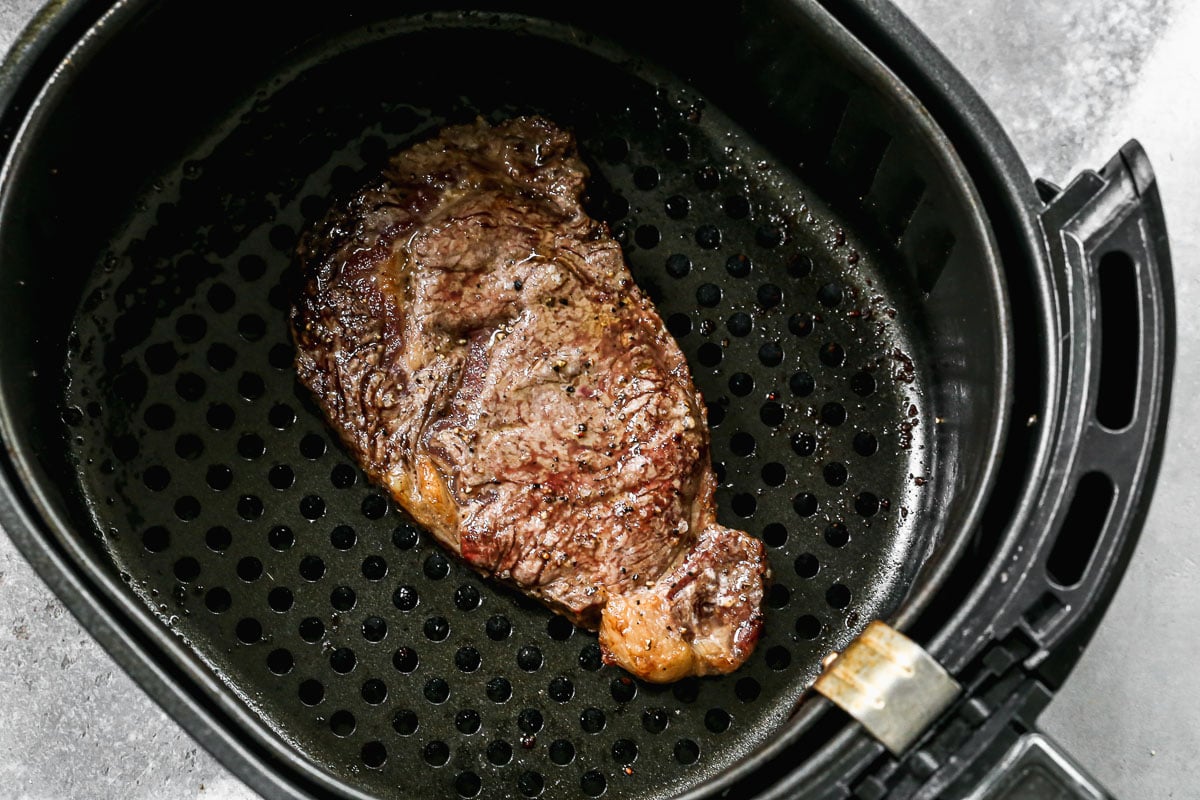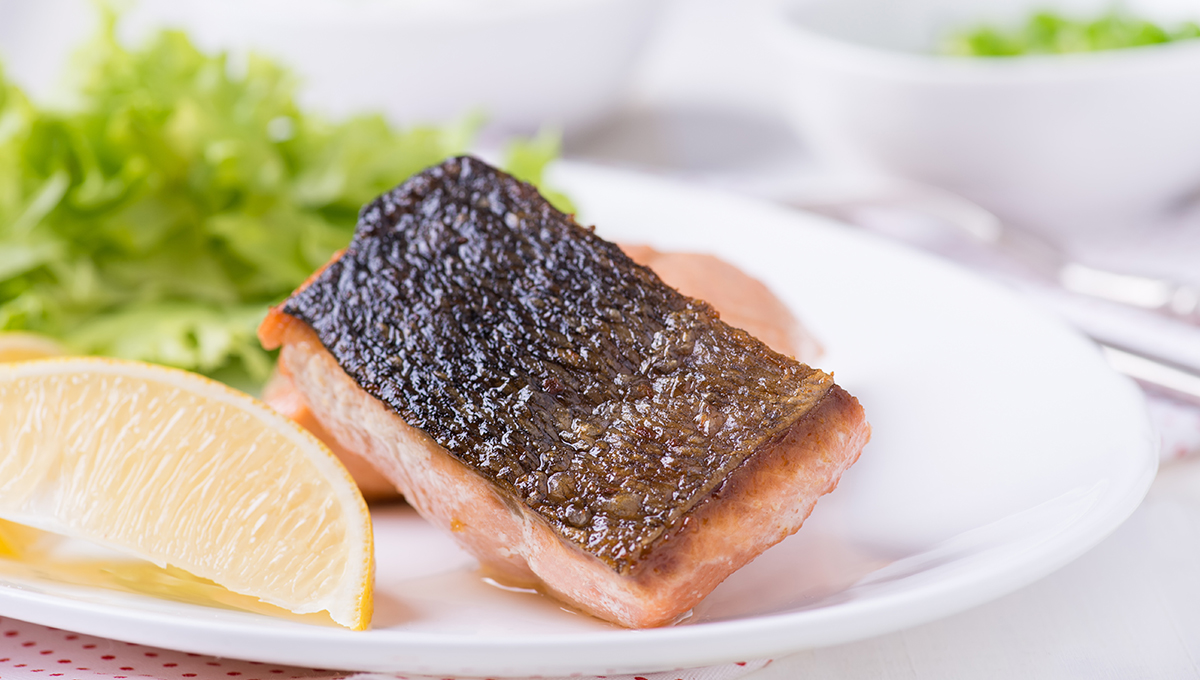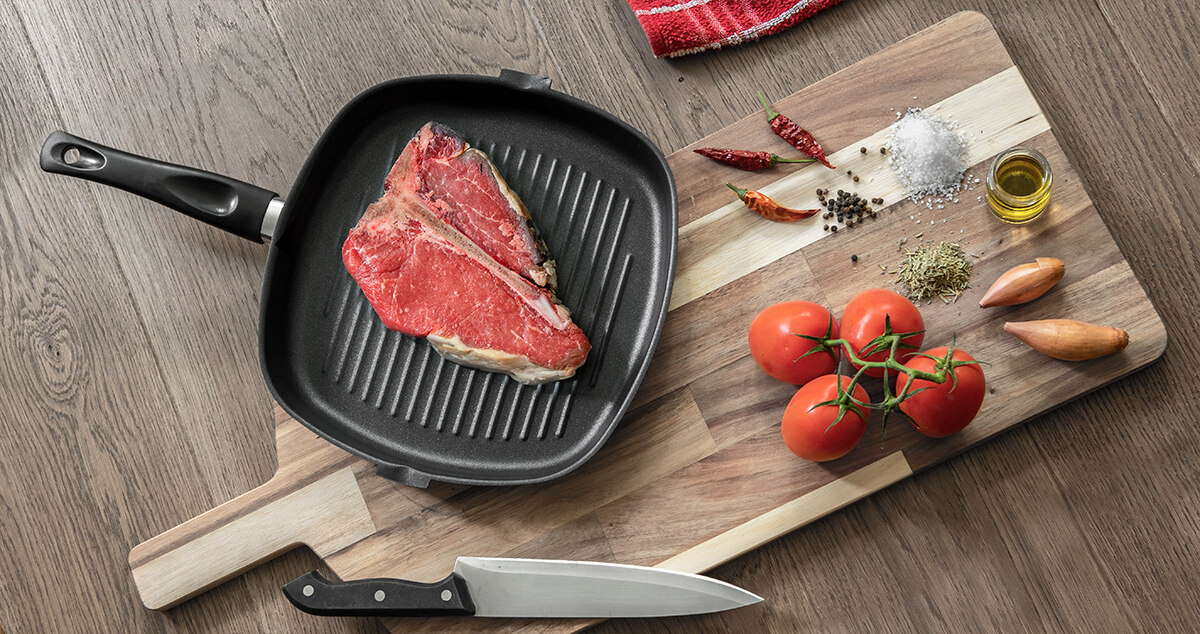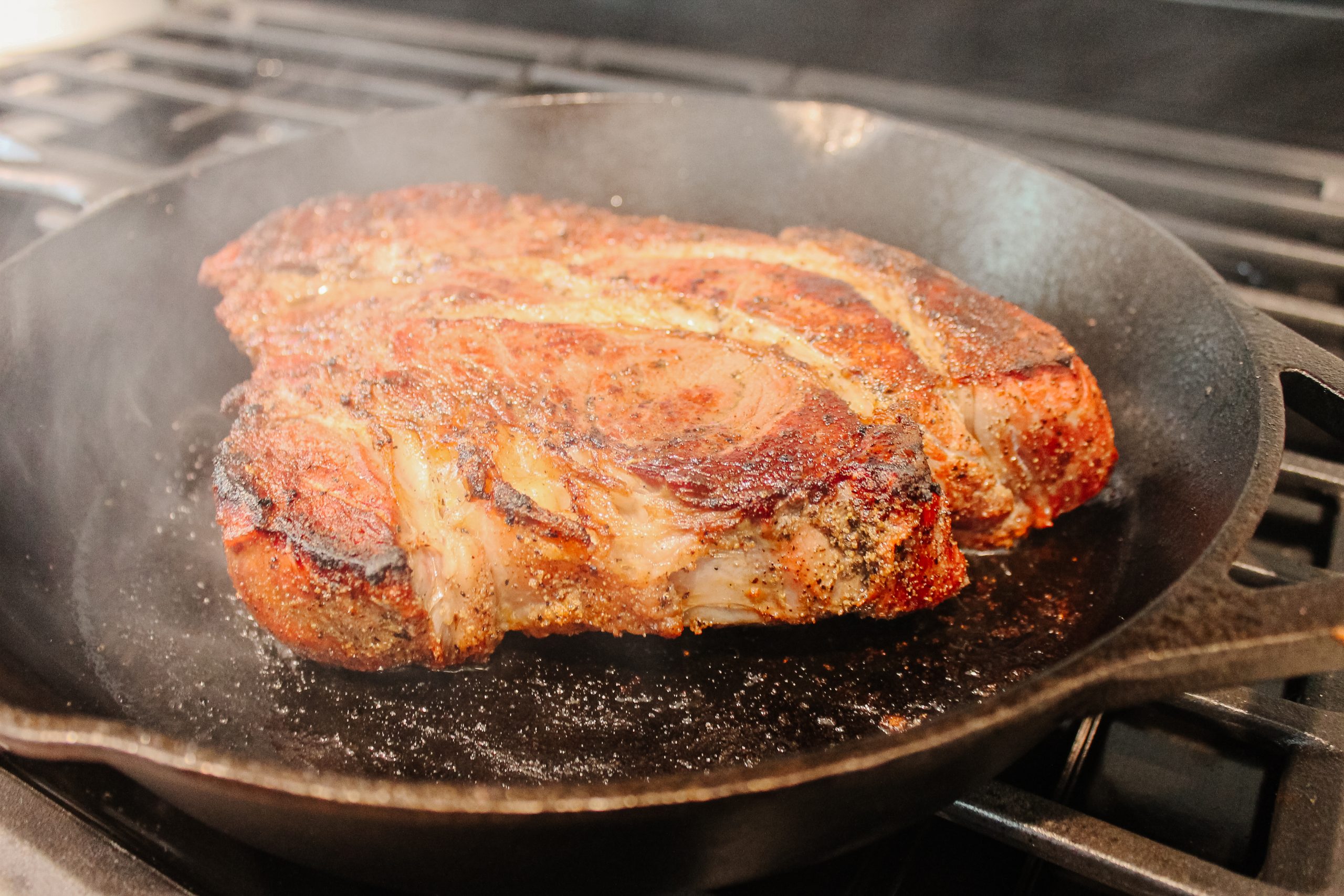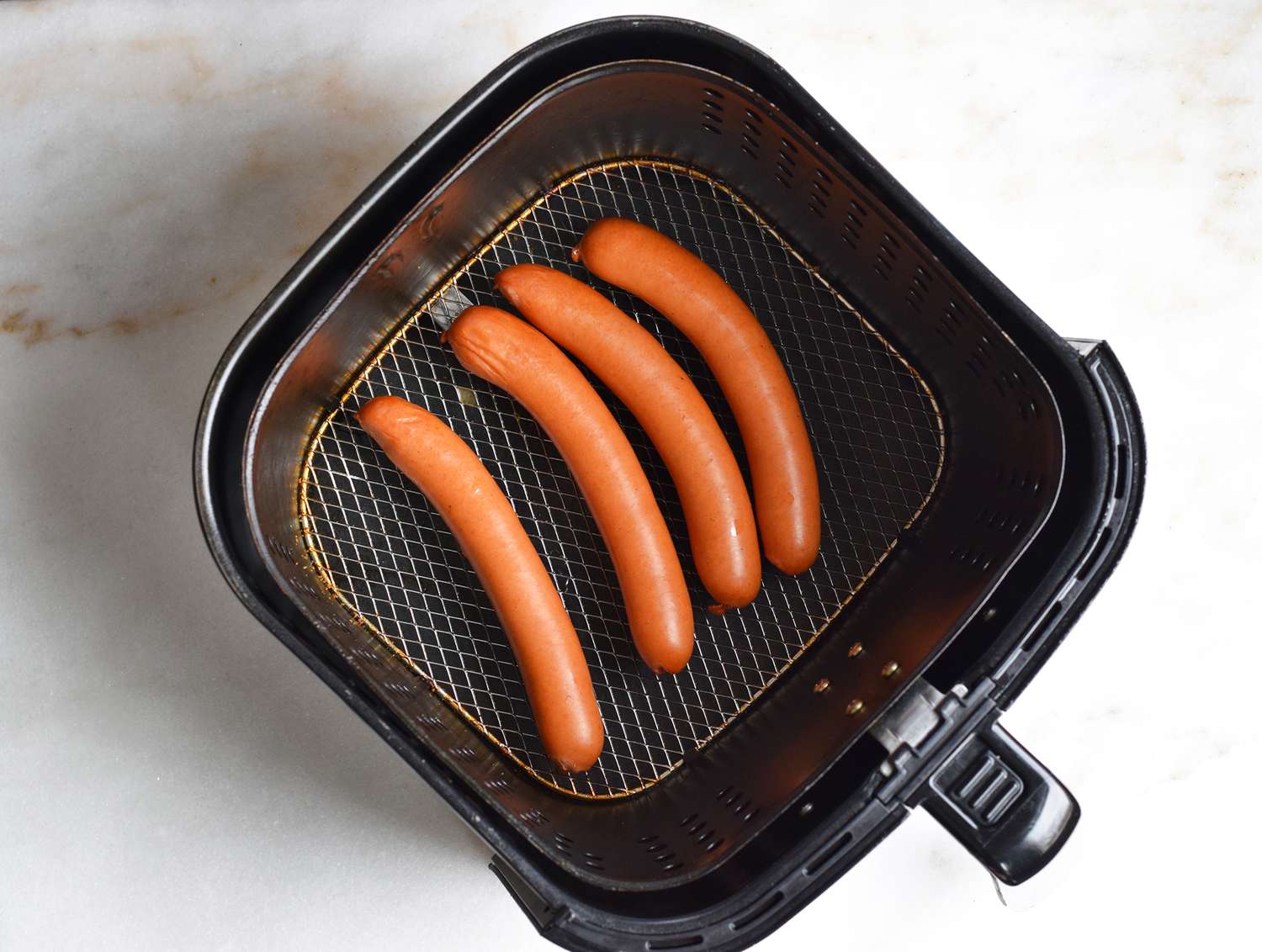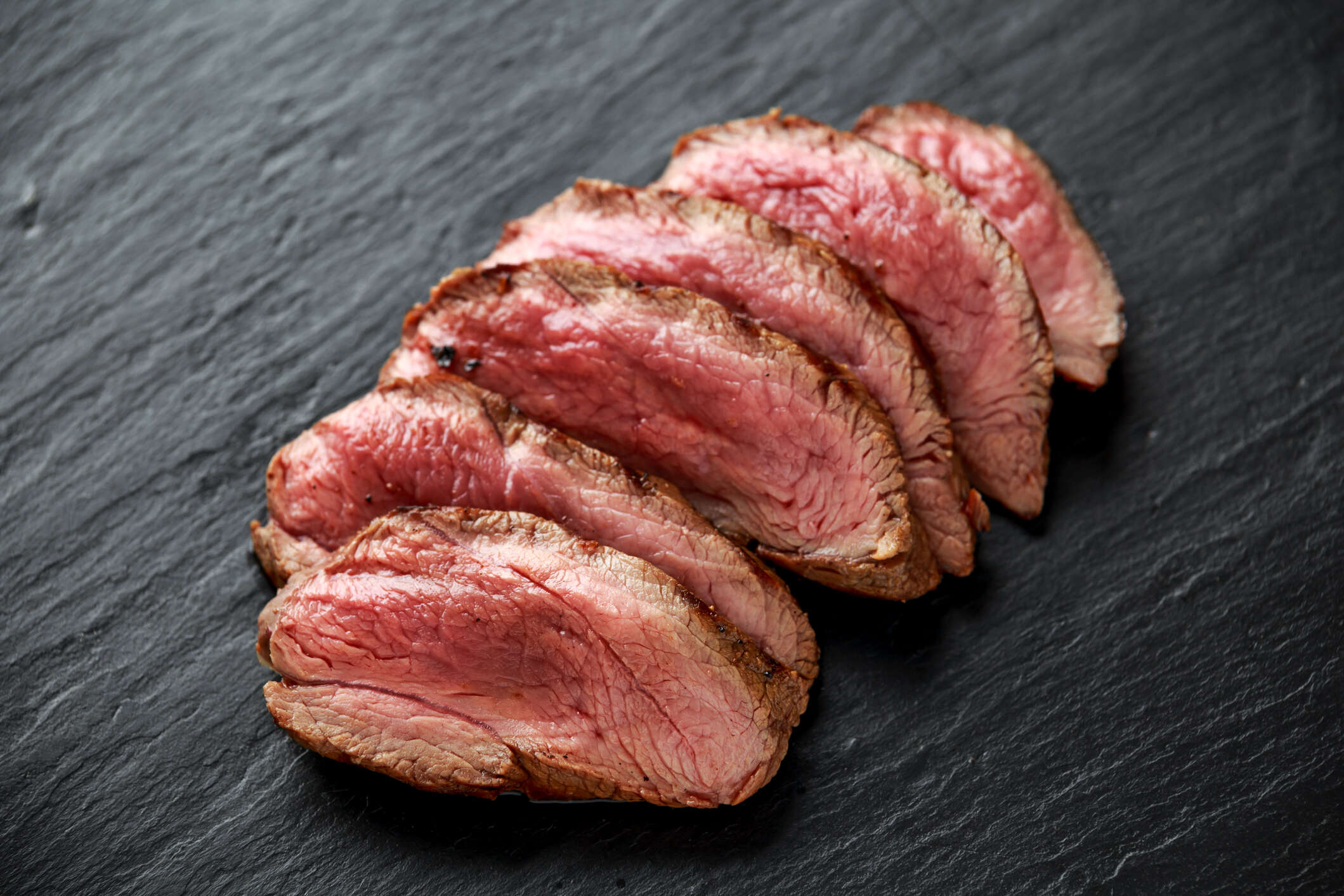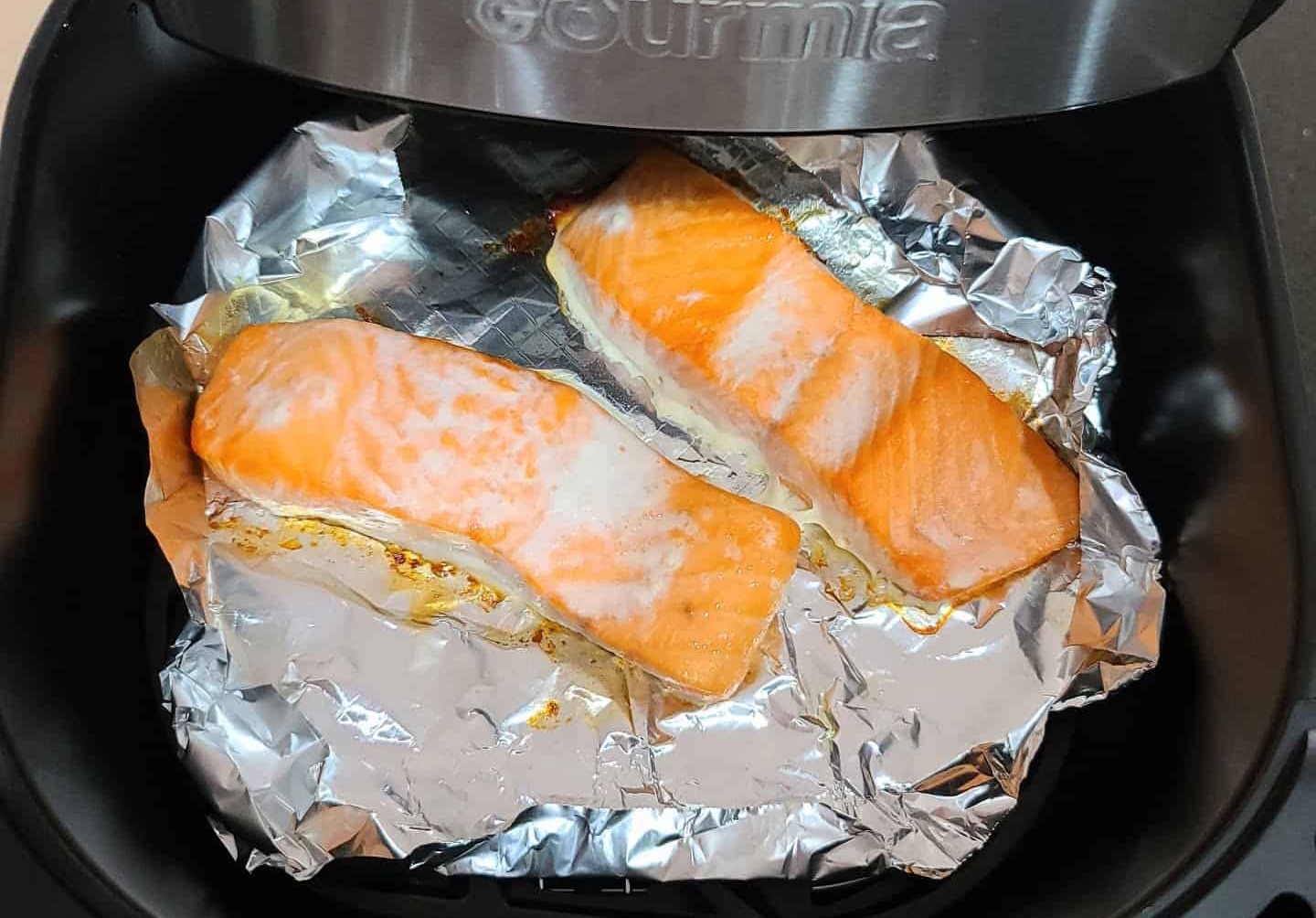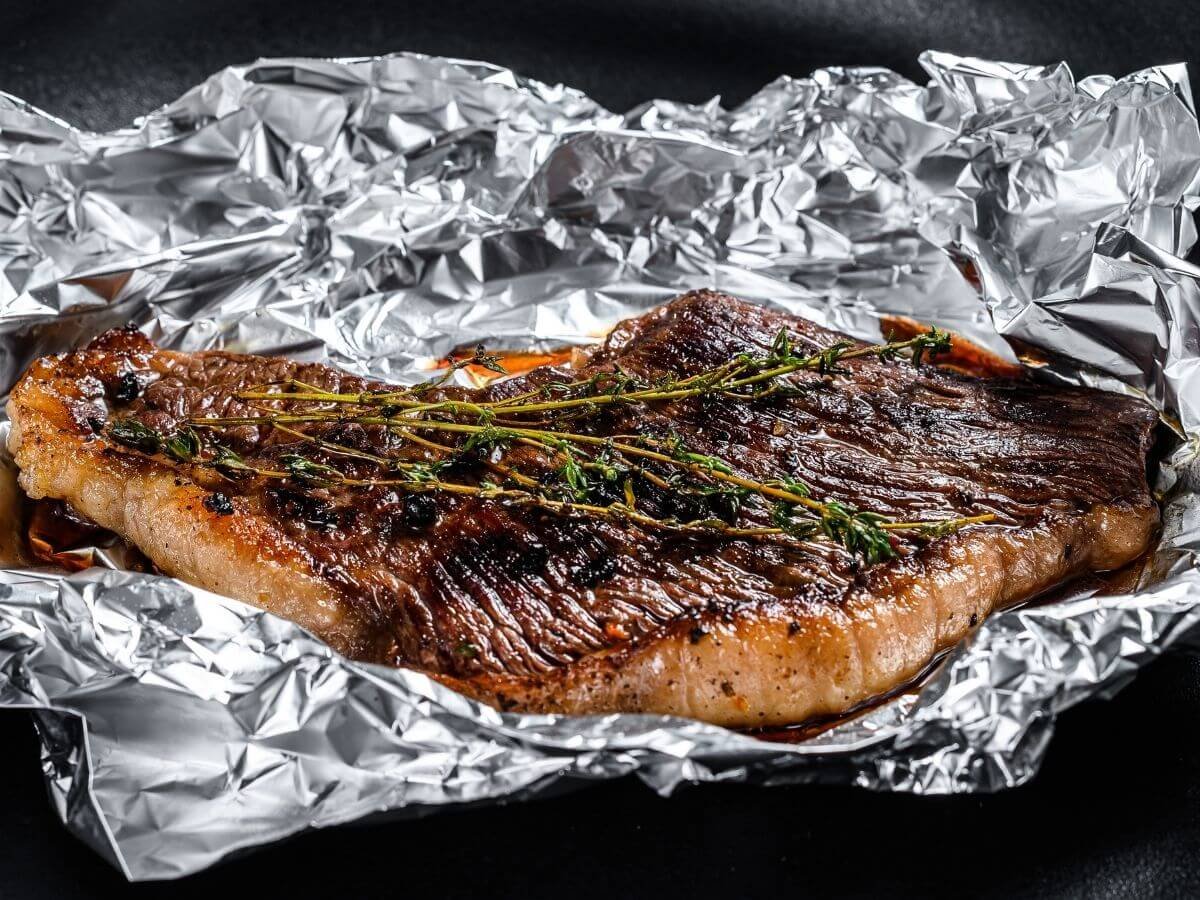How To Cook Steak For Dogs
As a loving pet owner, you always want to provide the best for your furry friend. If you’re looking to treat your dog to something special, why not consider cooking them a delicious steak? With a few simple steps, you can prepare a mouthwatering steak that will make your pup lick their chops!
Before you start cooking, it’s important to remember that not all cuts of steak are safe for dogs. Avoid using seasoned or marinated steaks, as the added spices and ingredients can be harmful to your pup’s digestion. Stick to plain, unseasoned cuts of meat for their safety and enjoyment. Here’s how to cook a steak for your dog:
- Choose the right cut: Opt for lean cuts of meat like sirloin, flank, or tenderloin. Remove any excess fat or connective tissue to ensure a healthy meal for your furry friend.
- Preparation: Bring the steak to room temperature and pat it dry with a paper towel. This ensures even cooking and helps to lock in the natural flavors.
- Grilling: Fire up the grill and preheat it to medium-high heat. Place the steak on the grill and cook for about 4-6 minutes per side, depending on the thickness of the cut. Be sure to flip it only once to achieve that perfect sear.
- Resting: Once the steak reaches your desired level of doneness, remove it from the grill and let it rest for a few minutes. This allows the juices to redistribute, resulting in a tender and juicy steak.
- Serving: Now comes the best part—serving the steak to your dog! Cut the cooked steak into small, bite-sized pieces to make it easier for your pup to enjoy. Avoid adding any additional seasoning, as dogs do not require the same flavors that humans do.
Remember, steak should not be the main staple of your dog’s diet and should only be given as an occasional treat. It’s always a good idea to consult with your veterinarian before introducing any new foods into your dog’s diet, especially if they have any specific dietary needs or allergies.
When it comes to cooking steak for your dog, safety is key. Remember to avoid using any seasonings, spices, or marinades that could be harmful to your pet. Keep the portions small and monitor your dog’s reaction to ensure they are digesting the steak well.
So, the next time you want to pamper your pup, consider preparing a delicious steak just for them. With proper preparation and attention to your dog’s dietary needs, you can create a delectable and safe treat that will have their tails wagging in delight!
More Delicious Ways to Serve Steak to Your Dog
After mastering the basics of cooking steak for dogs, readers can enhance their pet's mealtime with a variety of tailored recipes. For a simple yet delightful treat, try the Grilled Sirloin Steak Bites for Dogs, perfect for training sessions or as a special reward. If it's your puppy's first introduction to steak, the Puppy's First Steak Treat makes a gentle, digestible option. For a longer-lasting chew that promotes dental health, consider making the Homemade Steak Chew Strips. Those planning a weekend feast can opt for the Weekend Grill-Out Dog Steak, which offers a festive way to include your dog in family activities. For outdoor enthusiasts, the Canine-Friendly Steak Picnic Bites are ideal for shared adventures. Lastly, health-conscious pet owners should explore the Healthy Lean Beef Cubes for Pups, which provide a lean protein source without excess fat. Each recipe is designed to safely indulge your dog's carnivorous cravings while adhering to nutritional guidelines.
Was this page helpful?
Read Next: How To Cook Pork Cube Steak

